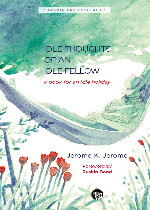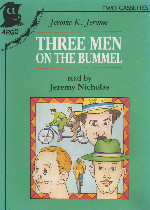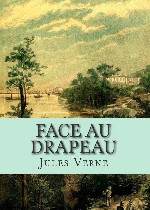
The Idle Thoughts of An Idle Fellow(懒人闲思录) 立即阅读
Idle Thoughts of an Idle Fellow, published in 1886, is a collection of humorous essays by Jerome K. Jerome. It was the author’s second published book and it helped establish him as a leading English humorist. While widely considered one of Jerome’s better works, and in spite of using the same style as Three Men in a Boat, it was never as popular as the latter. A second "Idle Thoughts" book, The Second Thoughts of An Idle Fellow, was published in 1898. The essays had previously appeared in Home Chimes, the same magazine that later serialised Jerome's Three Men in a Boat.

Three Men on the Bummel(三人同游) 立即阅读
Three Men on the Bummel (also known as Three Men on Wheels) is a humorous novel by Jerome K. Jerome. It was published in 1900, eleven years after his most famous work, Three Men in a Boat (To Say Nothing of the Dog). The sequel brings back the three companions who figured in Three Men in a Boat, this time on a bicycle tour through the German Black Forest. D. C. Browning's introduction to the 1957 Everyman's edition says "Like most sequels, it has been compared unfavourably with its parent story, but it was only a little less celebrated than Three Men in a Boat and was for long used as a school book in Germany."

De reis om de wereld in tachtig dagen(八十天环游地球) 立即阅读
De reis om de wereld in tachtig dagen (Frans: Le tour du monde en quatre-vingts jours) is een avonturenroman van de Franse schrijver Jules Verne. Het boek werd voor het eerst gepubliceerd in 1873. De held van het verhaal is Phileas Fogg, die een weddenschap aangaat dat hij in tachtig dagen om de wereld kan reizen. Vergezeld door zijn knecht Passepartout slaagt Phileas Fogg er werkelijk op het nippertje in om binnen tachtig dagen op het uitgangspunt terug te zijn.

Face au drapeau est un roman d'anticipation de Jules Verne, paru en 1896. L'auteur fait part dans cette œuvre de son inquiétude face aux progrès techniques dans le domaine des explosifs, qui transparaissait déjà (mais avec une teinte d'humour) dans De la Terre à la Lune et qui s'affirme dans Les Cinq Cents Millions de la Bégum, en imaginant une bombe d'une puissance inouïe. Le héros tragique du roman, Thomas Roch, qui se trouve dans la position d'un moderne Coriolan, aurait été inspiré par l'inventeur de la mélinite, Eugène Turpin. Ce dernier traîna Jules Verne et son éditeur en justice pour diffamation. L'écrivain et Louis-Jules Hetzel furent défendus par Raymond Poincaré.